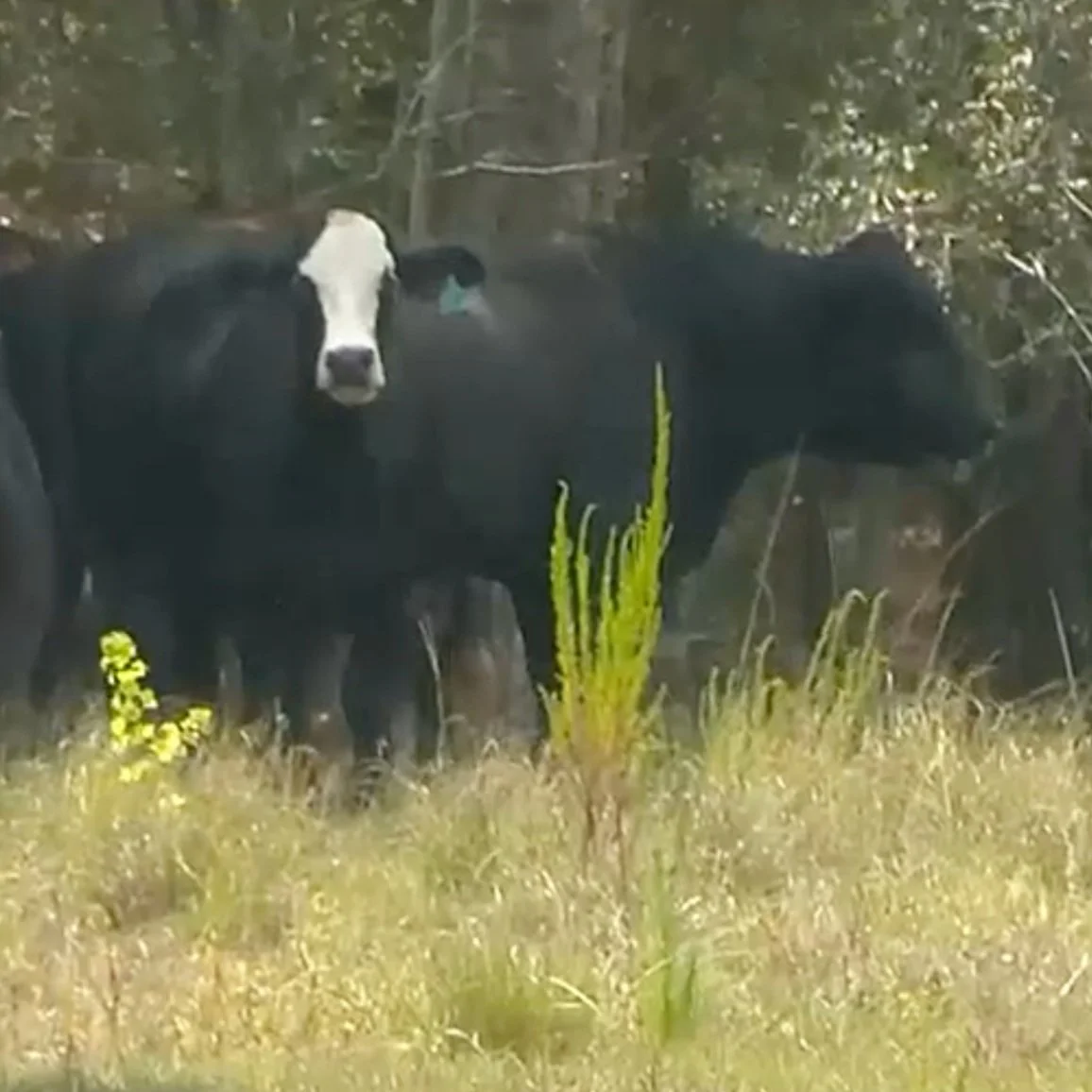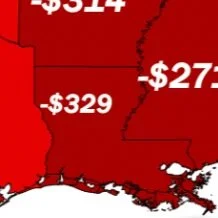Louisiana Soybean Harvest -- A Tale of Two Extremes
With nearly 50 percent of soybean harvest complete, many farmers are hoping for a good crop this year to help cover their losses from last year.
This harvest season, farmers faced hot and dry weather, while last year’s story was the other extreme with heavy rainfall. Roy Eley, a Franklin Parish grain farmer is among those who really needed a better crop this year.
Read More
Louisiana Crop Production Report: September 2023
Louisiana corn for grain production is forecast at 119 million bushels, up 25 percent from the August 1 forecast and up 61 percent from 2022. Based on conditions as of September 1, yield is expected to average 175 bushels per acre, up 6 bushels from last month and up 5 bushels from last year. Planted acreage is revised to 700,000 acres, up 120,000 acres from June 2023. Harvested acreage for grain is revised from 565,000 to 680,000 acres.
Read More
Long-Term Conservation Practices Improve Soil Chemistry
Introducing a change in agronomic practices can be compared to pressing the reset button on a computer or router. The practice change requires the soil system to restart before it establishes a new normal.
“We don’t know what that reset will look like, but with conservation practices, it often results in a crop yield hit as the soil microbes adjust,” explains Lisa Fultz, associate professor and soil microbiologist with Louisiana State University AgCenter.
Read More
Considerations In Using Soybeans For Forage
Soybeans have been used as a forage crop since they were originally brought to the United States. Their use as a forage declined in the 1940’s as producers adopted other forages that had higher yields. So, although soybeans today are most commonly grown as a grain crop, they can be harvested as a forage crop under certain situations, such as drought.
Read More
China Says GMO Soy, Corn Trials Show 'Outstanding' Results
China's farm ministry on Thursday said large trials of genetically modified corn and soybeans showed "outstanding" results and that the technology was safe and essential.
Read More
El Nino Favors South American Soy Crop; Northern Brazil Outlook Less Rosy
The return of the El Nino weather phenomenon should boost South American soybean production as more rainfall can help farmers recover from this season's severe drought in the lower latitudes of the continent, according to meteorologists and grain analysts..
Read More
Here’s How the Heat and Drought are Affecting Crops and How it Impacts You
When you think about harvesting crops in Louisiana, you think about things like corn, sugarcane, and soybeans. And with the record-breaking summer heat, each of these crops are having a tougher time growing than in years past.
As the chairman of the Louisiana Beef Industry, John Thompson says he’s never seen his farmland as dry as it is in his 66 years. According to the Dept. of Agriculture and Forestry, the amount of money we’ve lost in the cattle industry is between $160 -- 260 million.
Read More
Louisiana Crops Newsletter
More stink bugs are starting to show up in soybean fields. The stink bug complex in Louisiana soybean includes several species such as the brown stink bug, green stink bug, southern green stink bug, and perhaps the most notorious, the redbanded stink bug. Each species is capable of causing damage.
Read More
August '23 Louisiana Soybean Update: Extreme Het & Drought Stress
The Louisiana soybean crop has been severely affected by extreme heat and drought stress. Factors such as availability of irrigation, planting date, and soil type have all had a significant impact on the condition of plants.
Read More
Farming Fortitude: Battling Nature's Fury
Just north of Port Allen, the relentless drought and scorching temperatures are putting local farmers to the test. Heath Morris, a sugarcane and soybean farmer, is one of those determined souls engaged in a battle with Mother Nature yet again.
Read More
Crop Market Report for Corn, Soybeans, Rice, and Cotton: August 2023
This month’s 2023/24 U.S. corn outlook is for reduced supplies, lower domestic use, smaller exports, and tighter ending stocks. Projected beginning stocks for 2023/24 this month have been raised 55 million bushels higher based on a lower use forecast for 2022/23, reflecting reductions in corn used for exports, glucose and dextrose, and starch.
Read More
New Map Shows If Your Parish Has Southern Root Knot Nematode
For the first time, researchers mapped Southern root knot nematode distribution in soybeans by county (parish) across the United States. But the Southern root knot nematode hinders Southern farmers in more than just soybeans.
Read More
USDA Forecasts US Corn UP And Soybean Production Down From 2022
The Crop Production report issued today by USDA’s National Agricultural Statistics Service (NASS) forecasted corn production up from 2022 and soybean production down from last year. Corn production is up 10% from last year, forecast at 15.1 billion bushels; soybean growers are expected to decrease their production 2% from 2022, forecast at 4.21 billion bushels.
Read More
Fall Armyworm Control on Turf And Grass Pastures
Fall armyworms, Spodoptera frugiperda, are chronic insect pests in the state, with more than 60 plants reported as hosts, including various pasture grasses (and lawns) and agronomic crops including corn, alfalfa, cotton, soybeans, grain sorghum, and rice. They migrate to Louisiana from neighboring regions like Florida, Texas, Caribbean islands, and Central-South America, with infestations most common from late July to early August.
Read More
Farm Bill Base Acre Debate Heats Up, Mandated Update Would Mean Big Loss for Louisiana
For more than two decades, and over the course of the last four farm bills, farm program payments have been based on a farm’s historical planted acreage, i.e., base acres, and not on actual plantings each year. Decoupling Agriculture Risk Coverage and Price Loss Coverage farm program payments prevents farmers from making planting decisions based on expected program payments. Instead, the current system ensures farmers evaluate only market supply and demand signals and expected returns per acre when determining which crops to plant each year.
Read More















